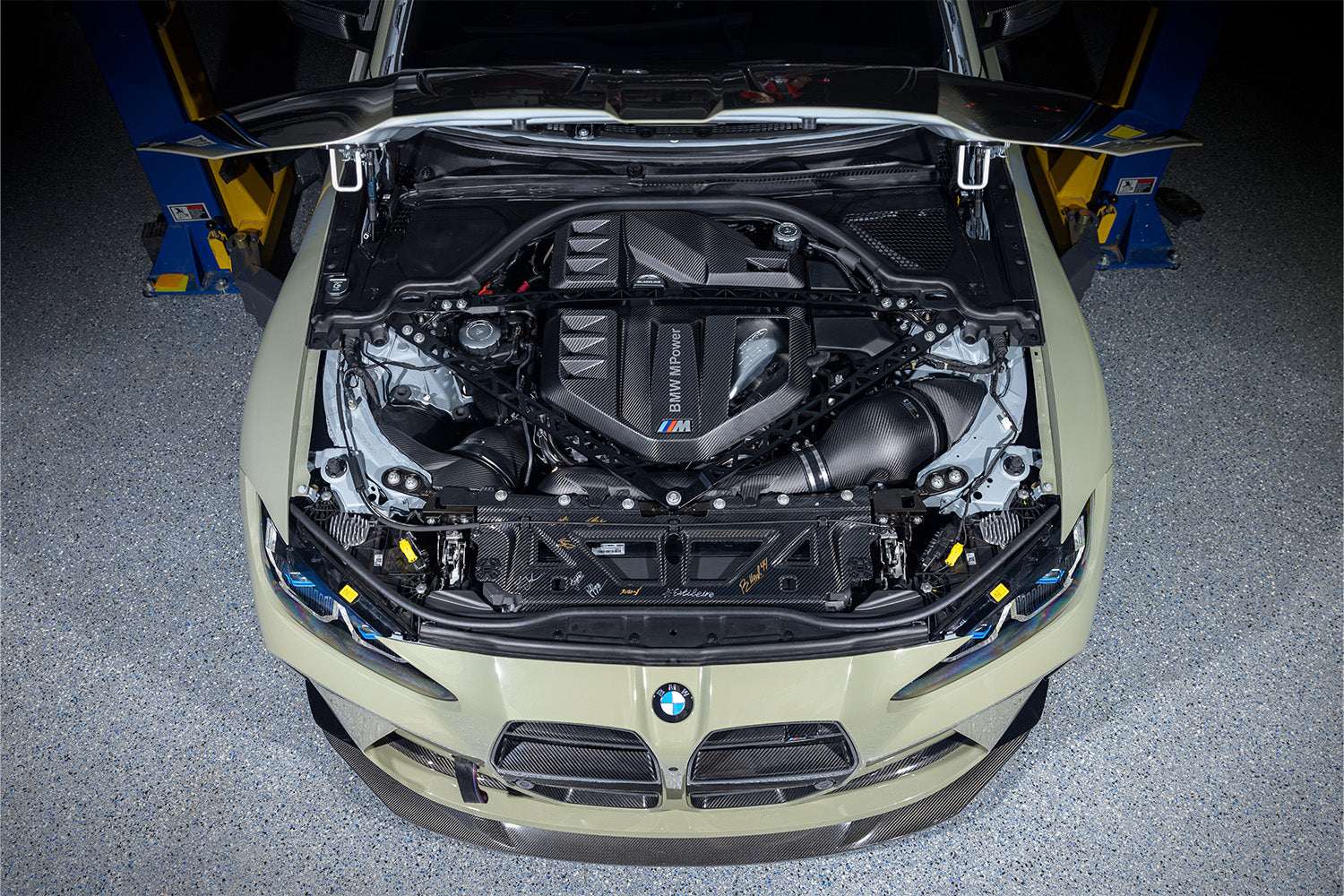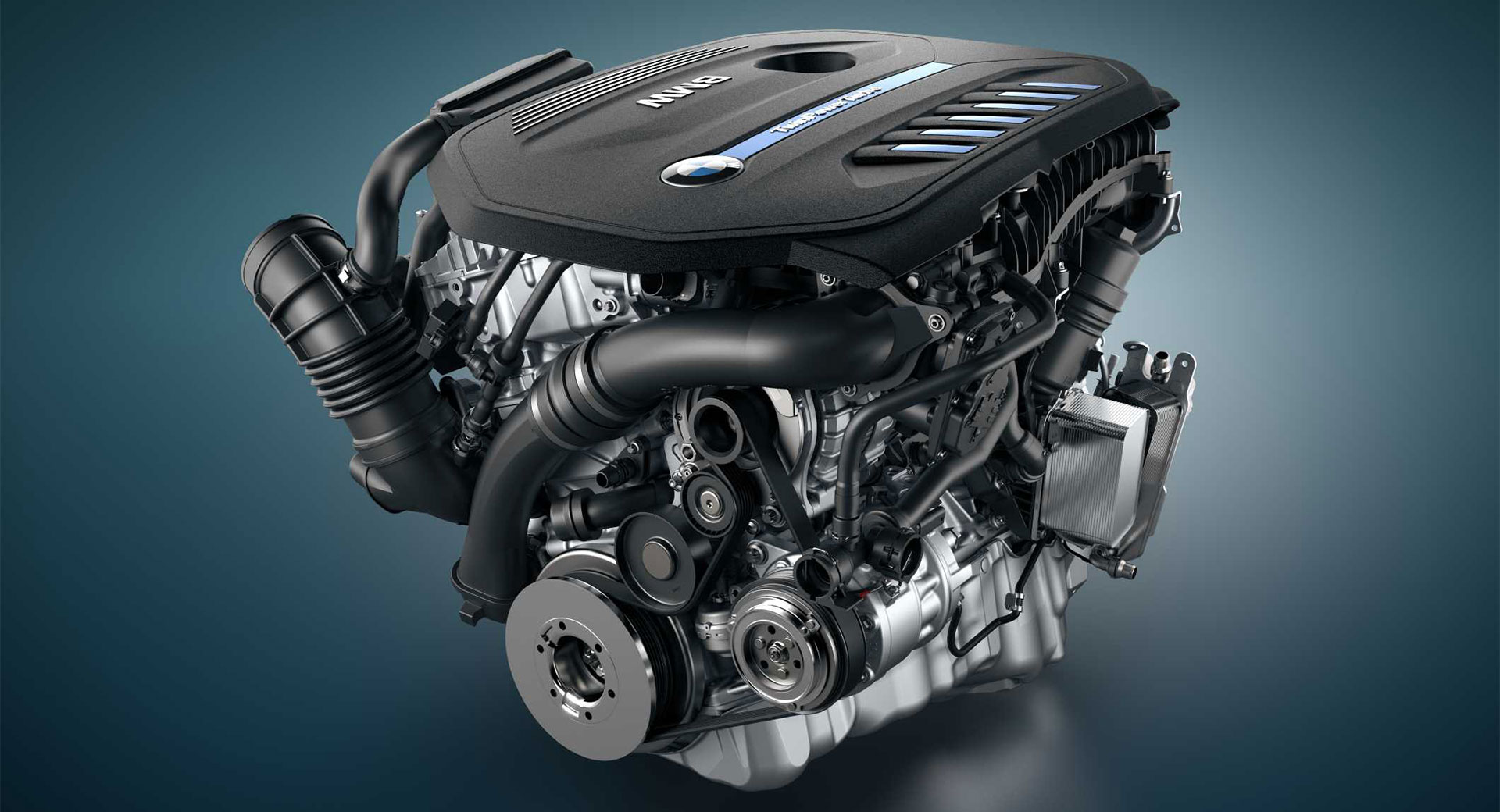A Beginner's Overview to Selecting the Right BMW Engine for Your Needs
A Beginner's Overview to Selecting the Right BMW Engine for Your Needs
Blog Article
Checking Out the Evolution of Combustion Engines in Modern Transport Equipments
As we navigate the landscape of contemporary transportation, the advancement of combustion engines stands as a testament to human ingenuity and design expertise. From their modest starts to the innovative powerhouses thrusting cars today, combustion engines have undertaken an exceptional trip of innovation and adjustment. Comprehending the complexities of this evolution not only sheds light on the past however also paves the method for visualizing what exists ahead in the world of transportation modern technology. The interaction of history, technology, and environmental issues in shaping the trajectory of combustion engines creates a narrative that is both informative and compelling.
Early Beginnings of Combustion Engines
How did the concept of burning engines initial arise in the very early phases of transportation growth? The roots of burning engines can be traced back to the 17th century when the principles of interior combustion were very first discovered.
The innovation moment featured the development of the first effective gasoline-powered engine by Karl Benz in 1885 - bmw engine. This engine led the way for the advancement of the modern-day vehicle, transforming transportation systems worldwide. Subsequent innovations by Nikolaus Otto and Gottlieb Daimler better fine-tuned combustion engine modern technology, bring about the automation of automobiles and the fast development of the transportation industry
These very early burning engines were identified by their simpleness and effectiveness, laying the foundation for the facility and powerful engines used in modern-day transportation systems. The advancement of burning engines has actually contributed fit the method we travel and move products, noting a considerable milestone in the history of transport advancement.
Change to Internal Burning Modern Technology
The transition to interior combustion innovation marked a critical shift in the evolution of transport systems. This change began in the late 19th century, with developers like Nikolaus Otto and Gottlieb Daimler creating the very first effective interior combustion engines. These engines transformed transport by providing an extra effective and effective choice to steam engines and electrical motors.
Among the essential advantages of interior combustion engines was their capability to be reduced to suit lorries, leading to the advancement of automobiles and motorcycles. This shift from bulky, stationary engines to portable, mobile ones led the way for the modern-day transport systems we see today.
The change to interior combustion modern technology likewise stimulated advancements in fuel modern technology, bring about the advancement of fuel and diesel as main gas sources for automobiles. This shift not only made transport a lot more available to the masses but additionally laid the structure for the oil and gas market to become indispensable to worldwide economic situations.
Influence of Combustion Engines on Transport
The fostering of combustion engines in transport systems catalyzed a profound change in the effectiveness and rate of international movement. Combustion engines reinvented transport by offering a functional and trustworthy source of power for different vehicles, including cars, vehicles, airplanes, and ships. This innovation significantly enhanced the capacity for products and individuals to conform cross countries in shorter period, bring about raised connection in between areas and nations.
In addition, the widespread use of combustion engines has had a significant influence on financial development. The capacity to transport items effectively has actually spurred profession and business, allowing organizations to increase their markets and get to customers worldwide. This has promoted financial development and globalization, as items can currently be carried faster and in larger amounts than ever.
Nevertheless, the environmental influence of combustion engines can not be ignored. The combustion of fossil fuels has caused air pollution and greenhouse gas discharges, adding to environment adjustment and posturing wellness threats to populations. bmw engine. Therefore, there is a growing focus on developing alternative propulsion modern technologies to alleviate these unfavorable impacts and develop a more sustainable future for transport
Innovations in Combustion Engine Design
Various improvements in combustion engine design have actually driven the development of transport systems over the decades. One remarkable development is the development of turbocharged engines, which utilize exhaust gases to drive a turbine that presses inbound air, enabling more gas to be burned, leading to boosted power output without a substantial rise in engine size. Additionally, direct injection technology has boosted fuel effectiveness and efficiency by precisely controlling the quantity and timing of gas injected into the combustion chamber. Variable shutoff timing systems have actually additionally transformed engine design by maximizing air movement at various engine speeds, enhancing both power and effectiveness. One more substantial advancement is the assimilation of lightweight materials such as carbon fiber and light weight aluminum alloys, lowering general engine weight and boosting automobile fuel economic situation. Advancements in computer-aided layout have allowed engineers to enhance engine performance and efficiency via simulations before physical models are developed, conserving time and sources in the growth procedure. These developments jointly contribute to the constant improvement of burning engines in contemporary transportation systems.
Future Trends in Burning Engine Development
With modern technology innovations driving continual advancement, the future of burning engine development is positioned to transform transportation systems globally. One of the vital patterns in burning engine development is the push towards better efficiency and decreased emissions. Producers are spending greatly in research and development to enhance engine performance while satisfying strict ecological regulations. This consists internet of the combination of advanced gas shot systems, improved turbocharging techniques, and using light-weight products to enhance fuel intake and lower carbon emissions.
Another famous fad is the fostering of hybrid modern technologies in combustion engines. Hybrid engines incorporate standard combustion innovation with electric power, using improved fuel efficiency and reduced discharges. As the vehicle sector shifts towards electrification, hybrid burning engines are seen as a transitional remedy that bridges the void in between traditional lorries and totally electrical ones.
Furthermore, the assimilation of smart innovations, such as expert system and data analytics, is expected to play a substantial role in the future of burning engine advancement. These innovations can maximize engine performance in real-time, resulting in more reliable combustion procedures and boosted total vehicle performance. Embracing these future patterns will not just drive advancement in burning engine advancement but also contribute to an extra lasting and environmentally friendly transport environment.

Verdict
Finally, the development of combustion engines in modern transportation systems has actually been marked by considerable innovations in technology and layout. From the very early beginnings of burning engines to the transition to internal combustion technology, see here now these engines have actually had a profound effect on transport. Advancements in combustion engine design continue to drive progression in this field, with future fads focusing on further enhancing efficiency and reducing emissions. The future of burning engines in transport looks appealing as r & d efforts remain to push boundaries.
The origins of burning engines can be traced back to the 17th century when the concepts of inner burning were very first checked out. These engines revolutionized transportation by offering a much more powerful and effective choice to vapor engines and electric motors.

Report this page